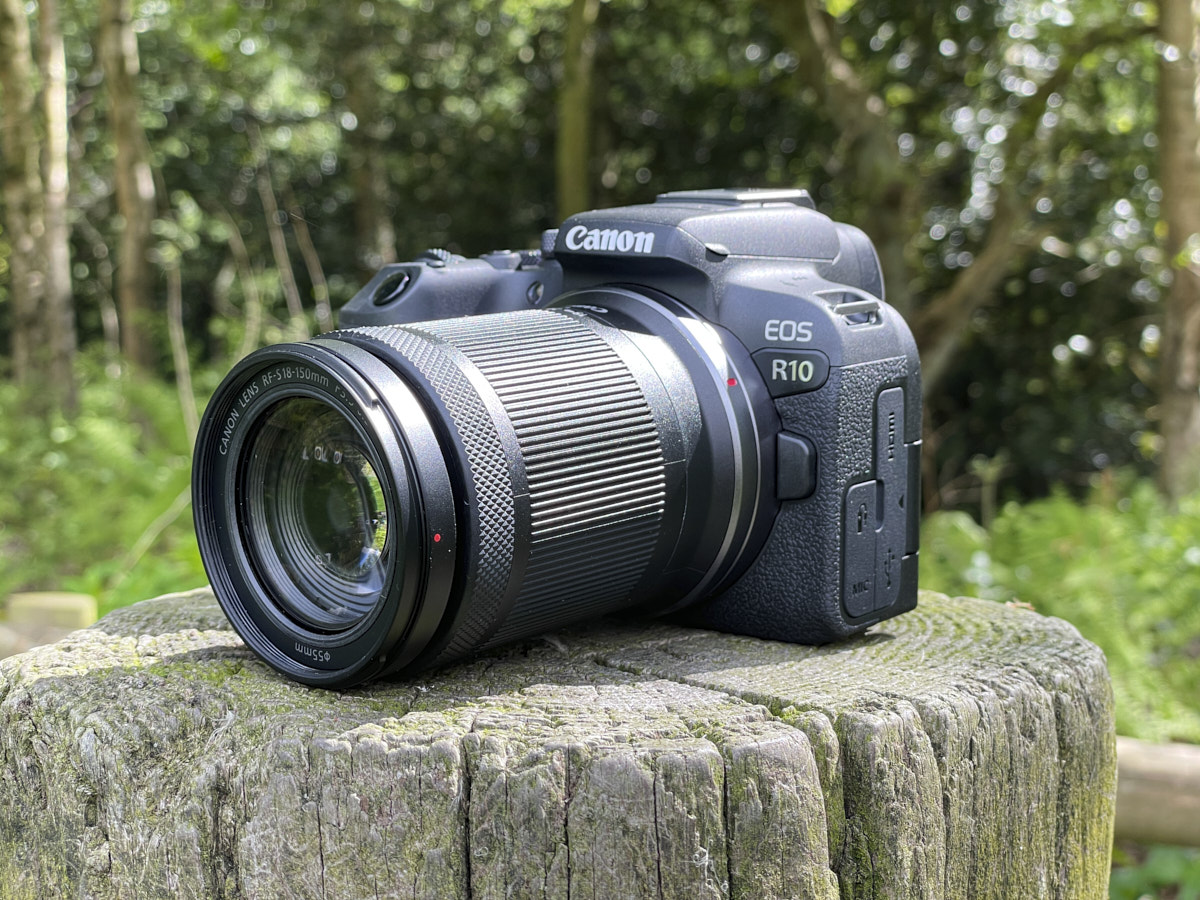Canon EOS R7 and EOS R10 first impressions
First look at the Canon EOS R7 and EOS R10
We are excited to share our thoughts on the latest additions to Canon’s EOS-R mirrorless system. We were invited to Cheshire Falconry to a get hands on with the latest EOS R7 and EOS R10.

For this test we are using Beta production samples so there may be some slight differences from the production models.
These cameras are Canon’s first APS-C cameras in the EOS-R system and are aimed at the Enthusiast market with the R7 being the flagship model out of the two. The R7 technically matches up against the EOS 7D with the R10 sitting around the EOS 90D, but in terms of performance and specs both cameras surpass their DLSR cousins. Interestingly both cameras share many of the same headline features.

Dual Pixel CMOS AFII
Both cameras feature the same AF system which is also featured in the flagship EOS R3. In practical terms this means that Auto focus in both stills and video is incredibly snappy and accurate. This makes even the R10 suitable for wildlife and sports photography.

15 Frames per second on the mechanical shutter.
This is a massive upgrade on the DSLR range, with both cameras able to shoot at 15 frames per second. Again, making both cameras suitable for wildlife photography. During the hands-on event we were able test both cameras on birds in flight and both cameras performed incredibly well. There is a slight difference in the electronic framerate with the R10 shooting at 23FPS and the R7, 30FPS.

In the hand
Both the cameras are well built, but there is no doubting that the R7 is the more premium product. It has a larger grip, to accommodate the LP-E6 battery, and also features a new jog wheel/joystick combo. It takes a little getting used to, especially when coming from a 7D, but when the camera is up at the eye it is a nice addition. This is not to say that the R10 is not a sturdy camera and it really feels nice to hold, but R10 is lighter and makes a nice camera to carry around all day.

The EOS R7 has a 32.5mp APS-C sensor which gives plenty of resolution from cropping and making large prints. The sensor in the R10 is a slightly lower 24.2mp which is tried and tested from the DSLR range. Both cameras have the same DigicX processor which, when used with a fast SD card, means almost no buffering when in use. There is also IBIS
The R7 weighs less than the EOS 90D which makes it a camera that can be carried around all day without really feeling it and with 1.6x crop from the APS-C means that a decent wildlife set up weighs nearly a third less than using a 7D kit. The R7 also has an impressive IBIS which, when used with certain lenses can give up to 8 stops image stabilisation.
The R10 is a little smaller than the R7, but is solidly built and weighs less than the current EOS 250D which is currently Canon’s smallest DSLR. Due to its size the R10 would be well suited to travel photography, but with the specs of the camera it could be deemed as an all-rounder.

Final thoughts.
Both cameras are a major development in Canon’s mirrorless range and we were really impressed with them in practice. Wildlife photography with the R7 and R10 is a breeze and either camera would not be out of place in a wildlife or sports shooters bag and in fact you could build a whole kit on these two cameras. The autofocus is really awesome and after only a few minutes use you had full confidence in the system that you could really concentrate on framing the shot knowing that the camera will nail the focus.

You can check out our website for full specifications and watch out first thoughts video for a more detailed report.
The R7 will be available body only (£1349) and with the new RF-S 18-150mm (£1699).
https://www.harrisoncameras.co.uk/cameras/mirrorless-camera/canon-mirrorless/canon-r7/
The R10 will come in 3 versions, body only (£899), with the new RF-S 18-45mm (£999) and with the new RF-S 18-150mm (£1249). https://www.harrisoncameras.co.uk/cameras/mirrorless-camera/canon-mirrorless/canon-r10/
Both cameras come with the EF to EF-R adapter in the box for a limited time.
Hear about our first impressions in this video








